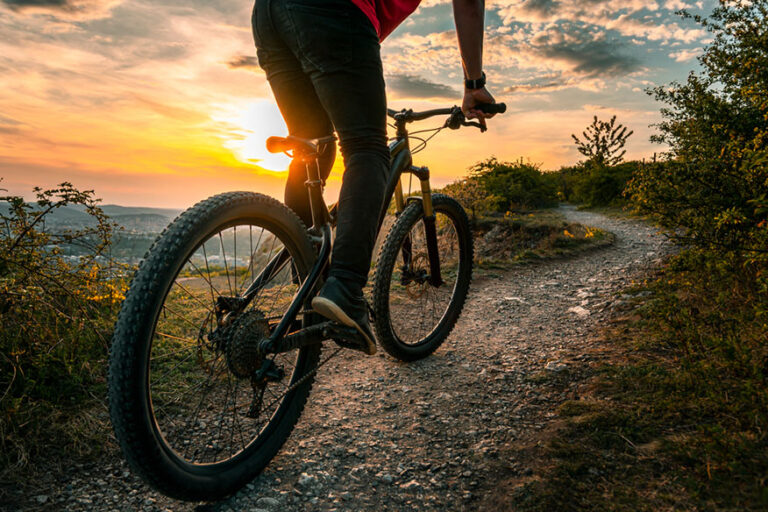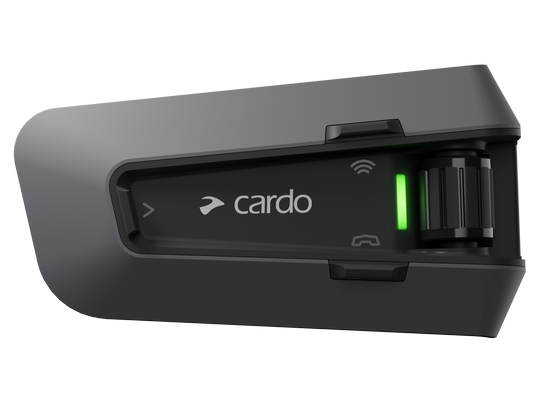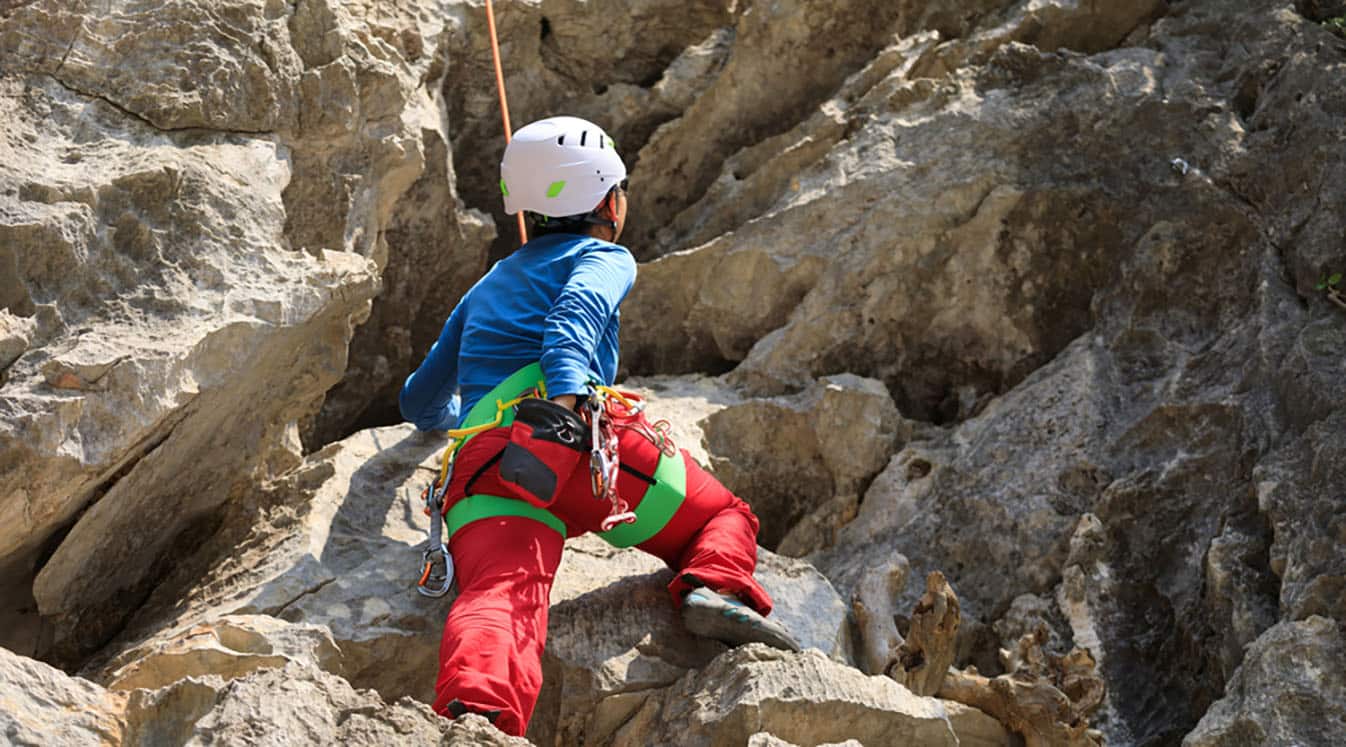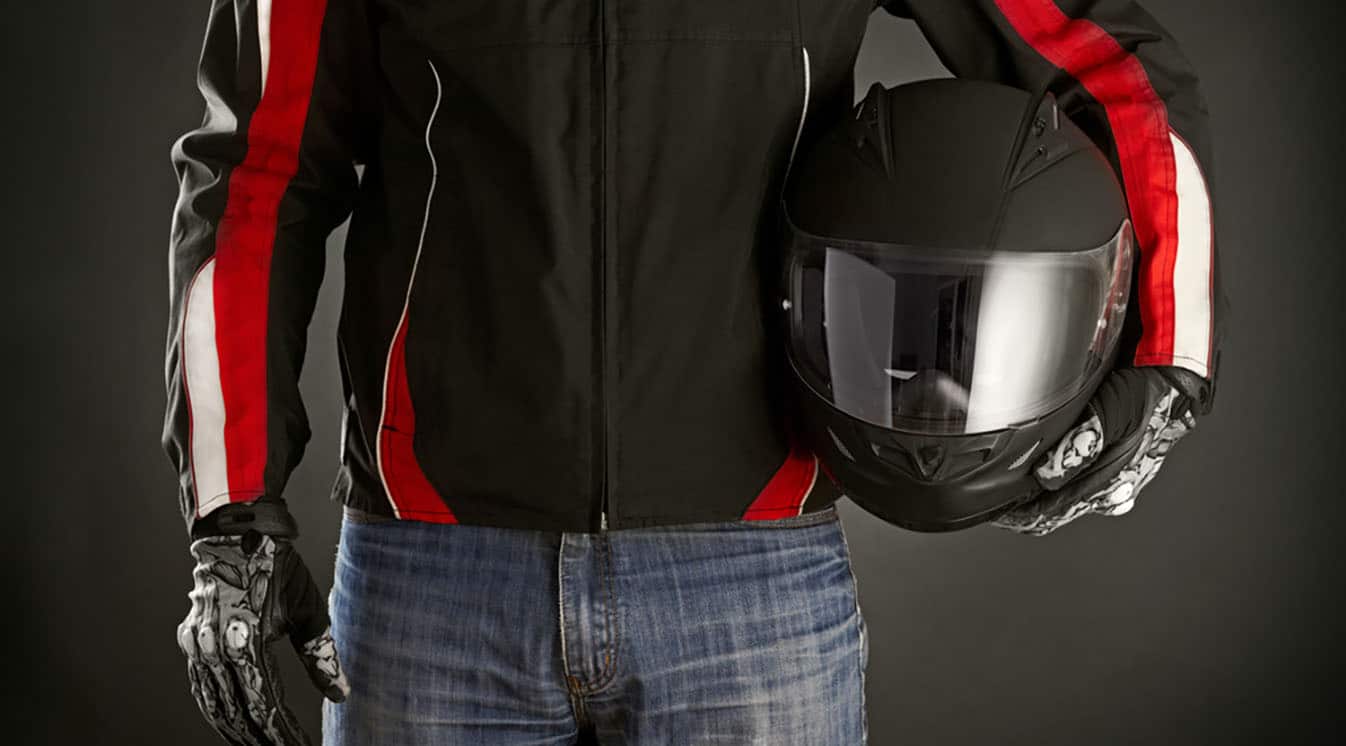Getting to the top of the mountain often comes down to simple math. The geometry of the bike can work for or against you based on your riding position and body size. A slight change in angle or size can make all the difference when you’re pedaling up or downhill. It’s all about working smarter, not harder.
That’s why manufacturers started playing around with the geometry of mountain bikes. The mechanics were changed to improve handling and stability on unpaved roads. This system will help you choose the right size of mountain bike for your body. Understanding mountain bike geometry will also teach you how to position yourself on the bike based on the terrain.
Regardless of what kind of MTB you choose, be sure to stock up on essential biking gear to stay safe on the trail, including a helmet and pads in case you fall. The wrong metrics can make it harder to ride. Use a communication system for a bike helmetto compare positions with your fellow riders until you find the right angle without taking your hands off the handlebars. It automatically connects in range for a safer ride.
Use a Bike Helmet with Dynamic Mesh Communication to Talk Hands-FreeRead on to learn about the geometry of mountain bikes and how they can affect the way you ride.
What Is Mountain Bike Geometry?
The geometry of your mountain bike refers to various measurements in relation to the trail that affect how the bike handles, including cornering, climbing and braking. There’s no one geometry to rule them all, but adjusting the angle and length of certain components can make a huge difference regarding how many calories you burn and the number of cranks it takes to get where you’re going.
Certain configurations are best for different types of terrain and riding positions. The average rider may not notice these variables, but aggressive ascents require precise measurements that make climbing easier.
The geometry will be considered slack or steep depending on the configuration. Slacker setups increase the length of the wheelbase, which keeps the rider positioned further back for a more even stance. They have a longer reach to increase stability. Steeper setups angle the rider towards the trail to give them leverage.
Mountain Bike Geometry Types
Every type of bike is known for its unique geometry. For example, cross-country bikes have steeper head angles and shorter wheelbases for nimble maneuvering. Enduro bikes have slacker head angles and wider wheelbases for added stability on rugged terrain. Downhill bikes and high speeds typically demand slacker configurations.
Modern geometry has resolved many of the issues of the past to improve handling and comfort. Older models may have longer chainstays, more extreme angles and a longer stem that can make riding difficult.
Mountain Bike Geometric Factors
Measurements to keep in mind include:
Seat Angle
The seat angle refers to the angle of the seat compared to the ground, which will affect your position over the bottom bracket. Modern mountain bikes tend to have steeper seat angles (usually in the mid-70s) to help with climbing. Keep the degree of the angle in the low 70s to mid-70s, depending on the angle of the incline. The steeper the climb, the steeper the angle. Use a nose-up position for descents to avoid angling too far down.
Bottom Bracket Height
This factor measures the distance from the center of the bottom bracket to the ground, which affects your center of gravity. It shouldn’t go any lower than 300 mm, or your pedals will start hitting debris on the trail. You can increase the BB height when climbing to give yourself more leverage. Lower the BB to make the bike more stable on uneven terrain.

Source: Yuri Hoyda/Shutterstock.com
Rear Center Length
The rear center length measures the distance between the center of the rear wheel and the center of the bottom bracket, which affects how far forward you sit on the bike. A shorter rear center will help you lift the front wheel when doing tricks. Keep it in the 430 mm to 450 mm range when going over rough terrain to stay centered on the bike.
Front Center Length
This measurement refers to the distance from the center of the front axle to the center of the bottom bracket. Just like the rear center, this will affect your center of gravity. Shortening it will help you make tighter turns, but it will also make the bike less stable, and the front wheel may start to wander.
Wheelbase
This is the sum of the rear center and front center. A bike with a short rear center and long front center may be just as long as a bike with a long rear center and short front center but they will ride differently. Use this metric to determine the overall length of the bike. A longer wheelbase increases stability at higher speeds. There isn’t much of a benefit to having a shorter wheelbase unless you just don’t want to take up as much room on the trail.
Reach
Reach measures the horizontal distance from the top of the head tube center and the imaginary vertical line that runs through the BB, essentially splitting the bike in two. This is the most important metric in terms of getting a sense of how the bike will fit in and out of the saddle because it isn’t dependent on the wheelbase, but it will vary based on several factors. The higher the stem height, the further back the head tube will sit, which will give you less room.
Stay Safe on the Trail with Must-Have Mountain Biking GearTop Tube Length
The top tube length refers to the horizontal distance from the top of the head tube to the center of the seat post, which can be used in sizing. However, the seat angle and angle of the head tube will affect the length.
Down Tube
This factor measures the length of the down tube, an important metric for sizing, but it will only work if you are comparing bikes with the same wheel size; otherwise, it can be misleading.
Head Tube Angle
This measurement refers to the angle between the head tube and the ground. Increasing the angle will make the head tube run more parallel to the ground, which can help with descending because it makes it harder to flip over and there’s more distance between you and the terrain. The ideal angle tends to be in the 64° to 66° range, but you can drop it down on steep declines.
Seat Tube Angle
This angle measures the tube that connects the seat to the bike against an imaginary horizontal line running through the bike. A steep seat tube angle moves the seat forward for a more aggressive climbing position. A slacker angle moves it back, placing the body over the rear axle to increase stability.
Seat Tube Length
This measures the distance from the center of the bottom bracket to the top of the seat tube. It’s an important factor for choosing the bike frame size.
Bottom Bracket Drop
This measures the vertical drop from the center of the bottom bracket by the crankset to the center of the axles that connect the wheels.

Source: Pavel1964/Shutterstock.com
Understanding Mountain Bike Geometry
The geometry behind your mountain bike will affect your experience on the trail. Manufacturers recommend measurements and configurations based on the terrain and type of bike. Regardless of what you’re trying to achieve, choose a geometry based on how the bike feels and the overall bike fit. You shouldn’t ride unless you feel comfortable and maintain the proper stance.





